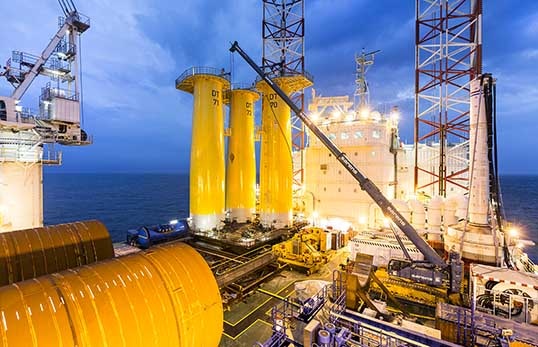 Photo Credit: Vattenfall
Photo Credit: Vattenfall
 Photo Credit: Vattenfall
Photo Credit: Vattenfall
Taiwan has become the new, hot market for offshore wind. Ambitious governmental targets for installed offshore wind capacity of 5.5 GW by 2025 phasing out nuclear and an open economy for international investors have created an appealing market cocktail.
But what do you need to consider when developing projects in Taiwan?
There is no local heavy industry or knowledge, that can kick start a local supply chain. Secondly Taiwan has - due to sovereignty disputes with mainland China - partly been disconnected from international society and standards. This has, on one hand, led to an open economy for foreign investment, but also to local policies and regulations that require deep insights and strong connections in order to be successful.
Winners in Taiwan's offshore industry are the ones who manage to mix the right ingredients of feasible business models and political understanding to avoid any stakeholders loosing face, which is critical in Asian culture.
Every ingredient is related to different authorities and has different maturity levels so your profit margin and success rate will heavily be affected by local planning and negotations.
Key things to consider: